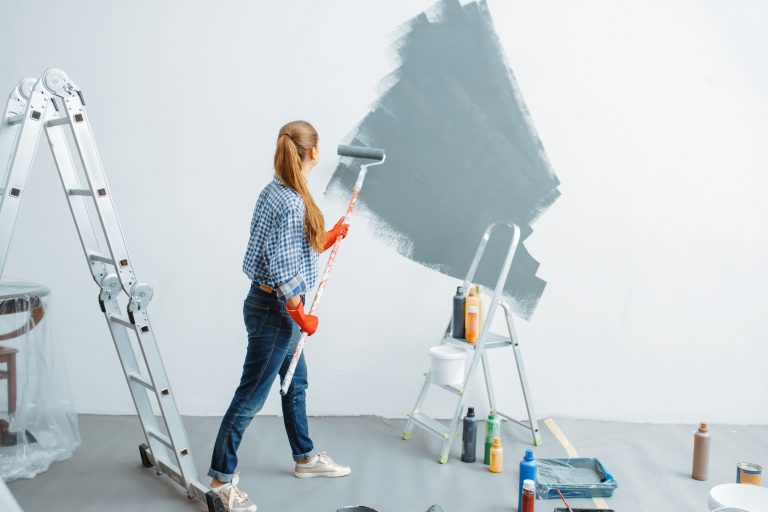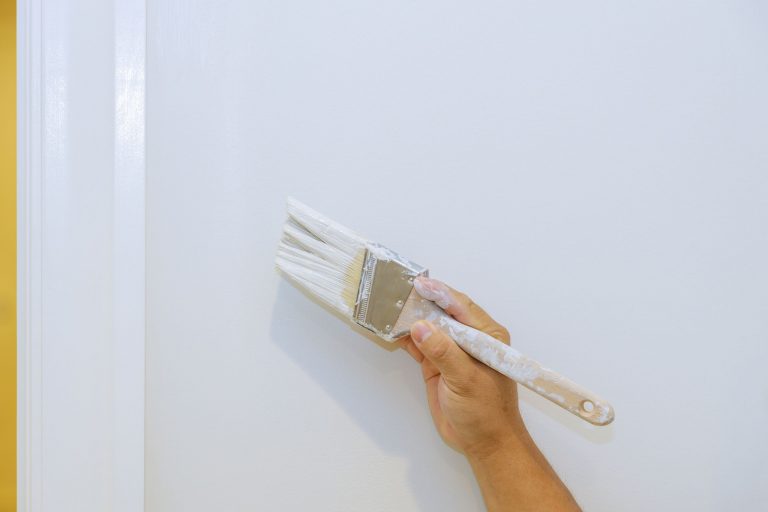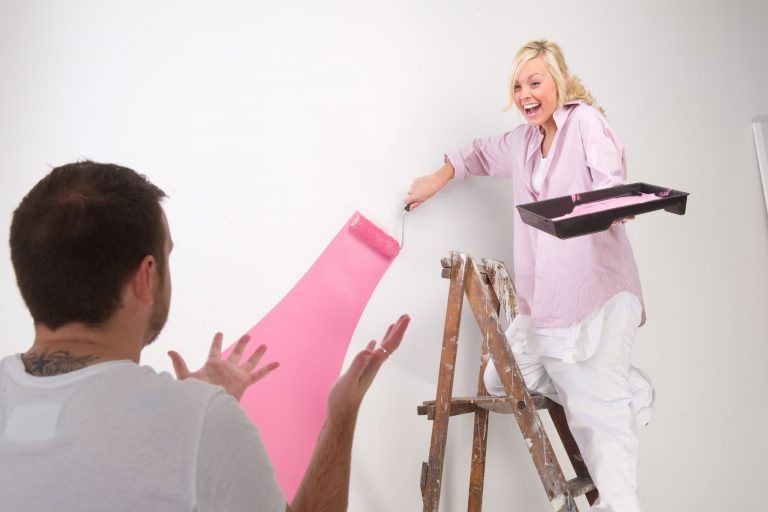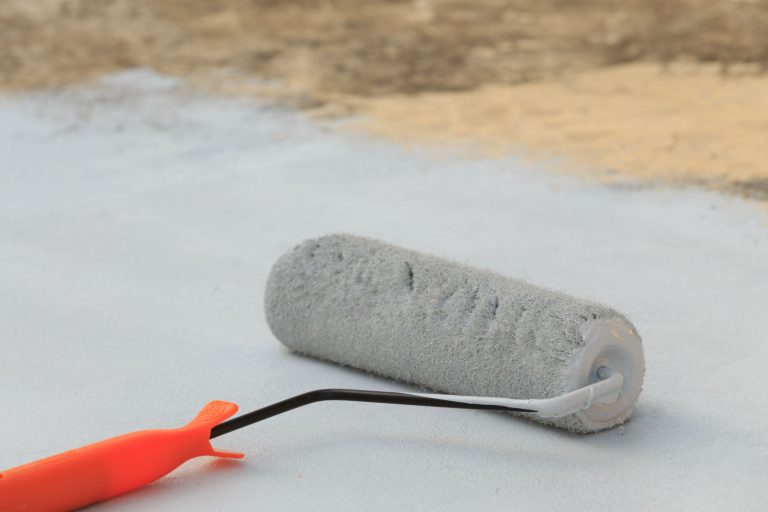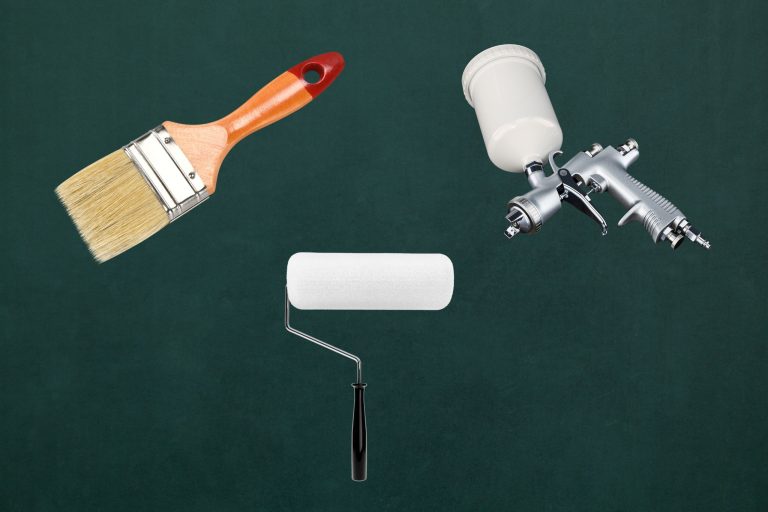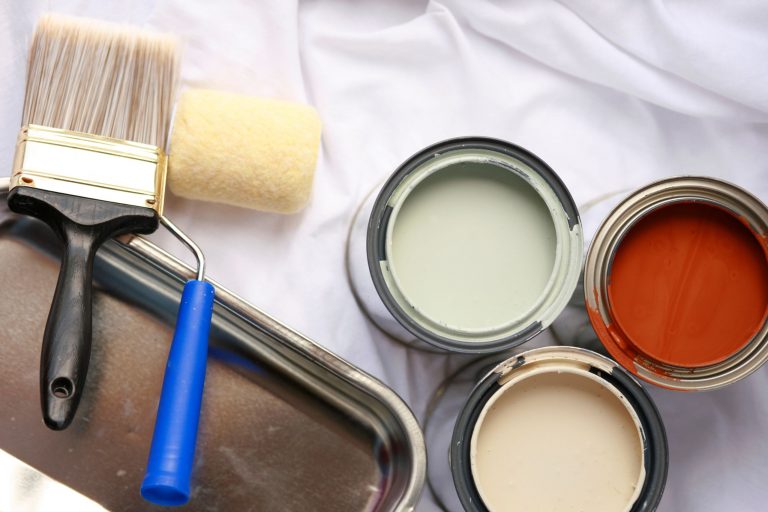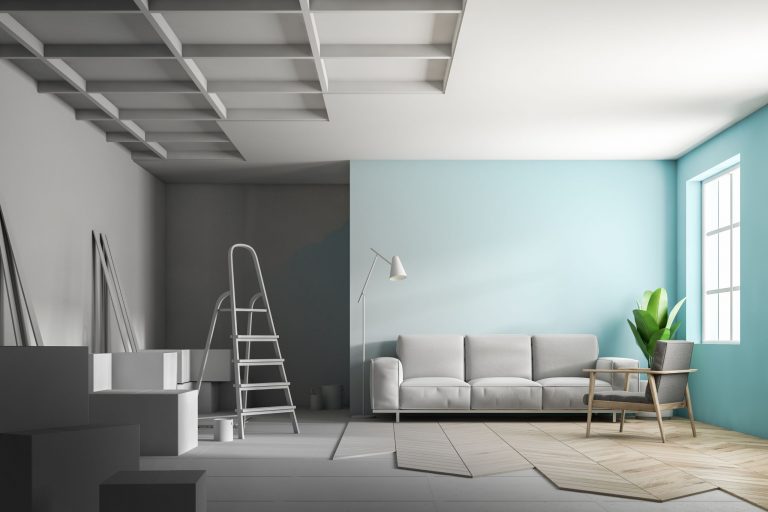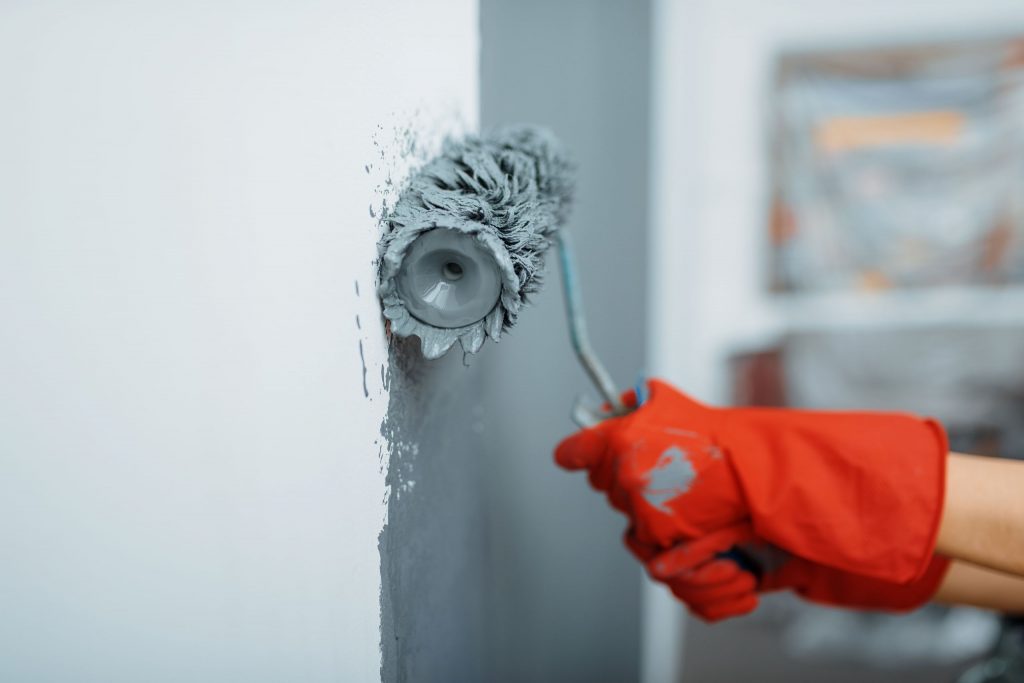
The general look of a space depends much on the smooth wall surface. It provides the basis for the whole surroundings and adds quietly but greatly to the attractiveness of the place. Perfect polish creates an image of spaciousness and refinement by reflecting light wonderfully. It also lets colors seem more vivid, therefore transforming the atmosphere into something lively and appealing. Beyond appearance, a flawless wall treatment may increase the value of a house, thus appealing to both visitors and possible purchasers. Little elements like consistency and texture may make an average area an interesting one. Anyone can get a professional-grade paint finish with the correct methods and advice, independent of expertise level. Equipped with the correct equipment, techniques, and a little tolerance, even inexperienced do-it-yourselfers may become masters in wall finishing. Giving a flawless finish first priority helps people to transform their homes into shining examples of comfort and design.
Preparation Is Key: Surface Cleaning and Repair
Perfect paint finish depends on getting ready. Starting with a clean, level surface is fairly significant as it offers more homogeneous look and improved paint adherence.
Start with providing the surface appropriate cleaning. Use a little detergent or a soap and water mix to get dust, grime, and grease. Clear any residue and permit the surface to dry completely. The basis of good painting is established at this stage.
Check the surface then for flaws such dents, holes, or fractures. One should use a quality filler for little cracks or holes. Pushing filler into the gaps with a putty knife will help to level it out flush with the surrounding area. Follow manufacturer directions on allowed drying times.
To get a smooth surface as the filler dries, softly sand the area with fine-grit sandpaper. This operation reduces any raised edges and helps the repaired surface to be merged with the surroundings.
Following these rules assures an even and clean basis, therefore opening the road for ideal paint application that increases the lifetime and look of the finish.
Choose the Right Tools: Brushes, Rollers, and Paint
The final result of a project is much influenced by the equipment used for painting. A professional looking smooth depends on quality brushes and rollers. Made with synthetic or natural bristles, premium brushes cover paint more effectively and reduce streaks. Particularly those with appropriate nap thickness for the surface roughness, the choice of rollers ensures constant paint dispersion and reduces the chance of pooling and splatter.
About paint selection, one has to be aware of the differences among numerous finishes. Matte coatings cover defects and provide a calming, non-reflective look for low traffic areas and ceilings. Satin finishes strike a mix of shine and durability, which qualifies for walls in living areas where a little of gloss may accentuate depth and warmth. Perfect for places like kitchens and bathrooms that need simple cleaning, gloss coatings are reflective and strong.
Excellent results may be obtained by carefully choosing excellent tools and suitable paint finishes, therefore improving the lifetime and attractiveness of every painted surface.
Priming the Walls: A Step Often Overlooked
One often disregarded but very important step with many advantages is priming the walls before painting. Primers provide a consistent finish and an even surface for paint application, therefore improving the final coat adherence. When working with fresh drywall—which may be rather porous and may soak paint unevenly—this is particularly crucial. Priming helps to reduce this problem, therefore producing a more vivid and uniform color all around.
Primers not only improve uniform application but also greatly increase paint job endurance. They provide a barrier shielding the walls from stains and moisture, therefore lowering the chance of future chipping or peeling. Covering dark colors is especially helpful as a primer guarantees correct new paint color free from old color bleeding through.
Every painting job requires primer, but on virgin surfaces and during major color change it is extremely important. This investment not only enhances the look but also prolongs the life of the paint work, therefore long-term effects rely on it.
Mastering the Painting Technique: Pro Strokes and Tips
Many basic strategies may be used to produce smooth, equal strokes when painting and prevent ugly roller marks. Feathering edges is first really vital. To produce a smooth finish and avoid strong lines that may throw off the general look, this approach gently combines the edges of every stroke.
Second, section-based work helps improve consistency and control. Dividing the surface into reasonable sections helps the painter to concentrate on one area at a time, therefore ensuring that each stroke stays wet and coherent before going on to the next. This helps to avoid an uneven texture and drying out of the edges.
Applying many thin applications also makes sense over one heavy layer. Thin layers reduce run or roller marks and dry more evenly. To encourage best adherence and a smooth finish, every coat should be permitted to dry completely before the next is sprayed.
Including these techniques into the painting process guarantees consistency and beauty on any surface, therefore producing professional results.
Finishing Touches: Drying, Sanding, and Touch-Ups
Maximizing results in the latter stages of a painting or refinishing operation requires careful examination of drying times, sanding, and touch-ups. A good finish needs ample time to dry between treatments if it is to be seamless. Every coat of paint or finish needs enough time to dry, thus avoiding problems such peeling or blistering. The general appearance may be much improved by using manufacturer advised drying durations.
Moreover, gently sanding in between applications could improve the final quality. This process removes any defects, accurately attaches subsequent layers, and enables surfaces to be smooth for the future use. Usually perfect for this work is a fine-grit sandpaper as it provides a perfect connection and lowers the risk of damaging the underlying layers.
Another important step is routinely looking over the work for places that could call for touch-ups. Early correction of minor flaws improves the overall look. By emphasizing these last details—drying, sanding, and touch-ups—the item comes out as polished, aesthetically pleasing that indicates effort and care. These techniques help to provide a perfect finish that will last.
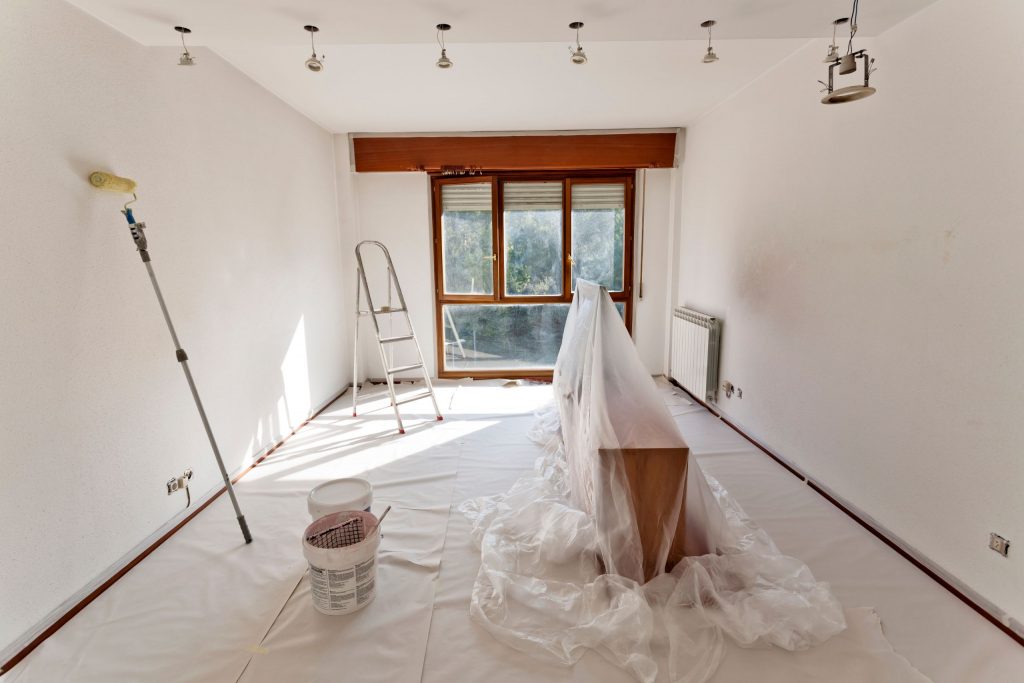
Conclusion
A perfect finish in any painting job depends on careful preparation, the correct equipment, and good technique. By spending time to clean and fix surfaces, one guarantees a smooth basis for paint application, thereby improving the whole result. A more finished look depends much on choosing premium brushes and rollers catered to the particular kind of paint being used. Furthermore, using correct methods, including applying many thin coats instead of a single thick coating, reduces drips and flaws while thus encouraging uniform coverage. Those who put effort into this procedure will therefore be happy with their labor and enjoy the consequence of seeing their walls turned into wonderfully painted surfaces. Every recently painted wall is evidence of their dedication and ability. Investigating websites devoted to “painting techniques and tips” may reveal priceless insights for people willing to improve their painting skills, thereby enabling even more amazing outcomes on next tasks.

